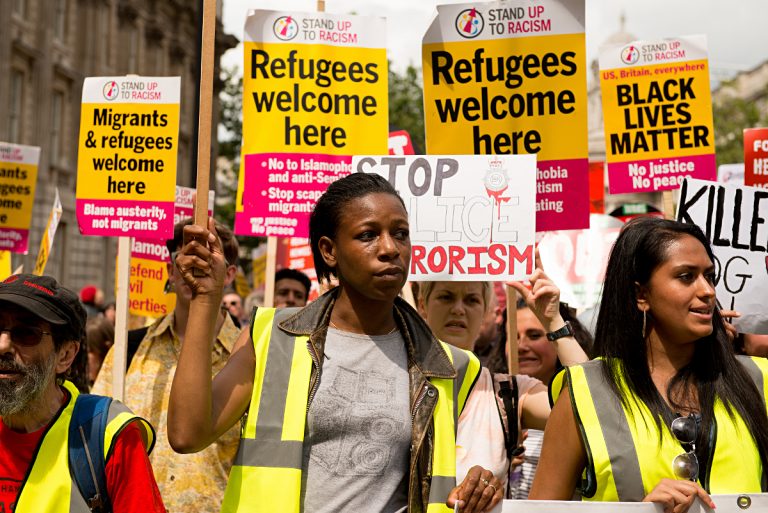
Following the spread of fake news, academics across the U.S. have been tapped to contribute to a dictionary featuring hundreds of ‘controversial’ terms, with the aim of offering a balanced definition of each word or phrase from various perspectives.
Ever since the 2016 presidential election, which saw Donald Trump becoming the president-elect, the political divide has widened – not only between political parties, but within them, as well.
In an effort to overcome this, AllSides, a media startup that aims to fight against polarization and teach media literacy at schools, set up the AllSides Dictionary not long after the election.
The dictionary not only features an explanation of the issue from different viewpoints, but also questions to urge readers to think critically about it.
Among the issues being tackled are “Black Lives Matter”, “Affordable Care Act”, “climate change”, and “terrorism”.
I hear what you say – but what do you really mean? Academics tackle contentious terms to encourage student awarenesshttps://t.co/6dTAgMS99T pic.twitter.com/m169hRQedm
— Times Higher Education (@timeshighered) January 15, 2017
One of the editors of the dictionary, Phil Neisser, who is a professor in the department of politics at the State University in New York (Potsdam), told Times Higher Education that the dictionary is a good resource for higher education institutions to use in helping students become well-rounded in their understanding of controversial topics.
“Universities today are, in some ways, places of potential conflict, because people who have been in their different bubbles – neighbourhoods [and] high schools – come together,” he said.
As such, he believes that university is “an opportunity to build mutual understanding in society – use the setting to get people to sit down and listen [and] talk to people very different from them, and who disagree with them”.
“People are more aware that we’re divided. The time is right for us to offer a resource [similar to] Wikipedia, but instead of getting a definition, you get three definitions, in order to create a different kind of conversation,” he added.
By “three definitions”, Neisser means the three political perspectives presented on the website when discussing each news story – right-wing, left-wing, and center.
He also said he intended to use the dictionary to teach his own students, perhaps by asking them to create their own definitions.
Announcing The AllSides Dictionary! | AllSides https://t.co/6oUeMu9O3a pic.twitter.com/IGBBSV4dSP
— AllSides (@AllSidesNow) November 16, 2016
To Mikhail Lyubansky, another contributor to the dictionary and a teaching associate professor in the department of psychology at the University of Illinois at Urbana-Champaign, the dictionary is a means to get his students to think differently.
“I teach a course on race, and one of the things I want my students to get out of that course is the ability to understand the positionality of people who think differently, who understand the race-related ideas differently than they do.
“Hopefully [the tool] will help students make sense of what they’re reading, make sense of what they’re hearing in the classroom and make sense of what they’re talking about with their peers,” he said.
Neisser commented that the dictionary “should be something that grows”, explaining that it is incomplete and must “grow and move with the political times”.
Liked this? Then you’ll love these…
The proliferation of fake, misleading news is why students must learn media literacy
U.S. university students develop useful extension to flag up fake news







